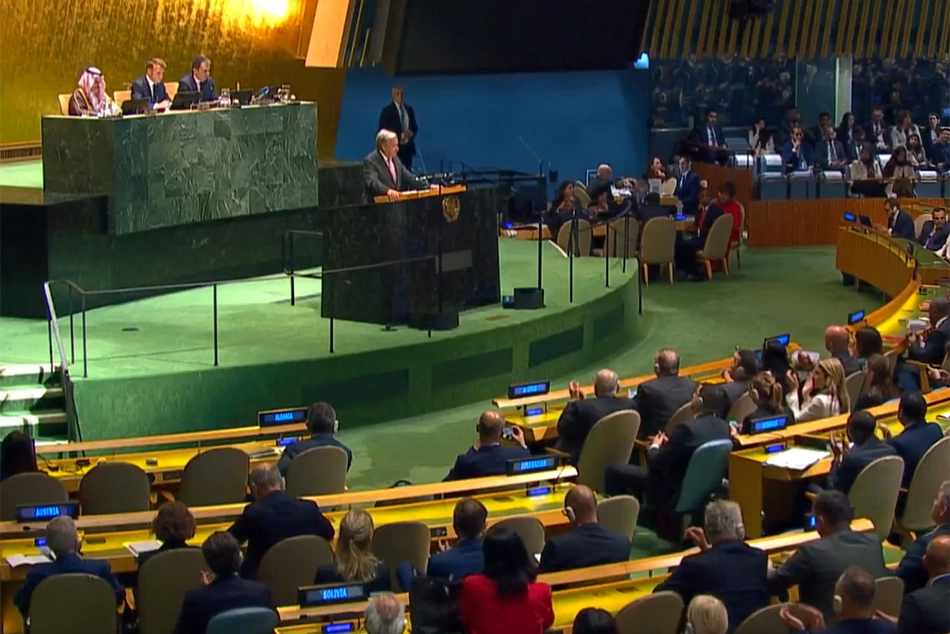
Why is Sugar Part of Every Household: A Political Analysis
The entire story of sugar is written in conquest and domination - the victory of political power, social control, and economic exploitation over human health and freedom

I have a big sweet tooth. Because of it most of my life I’ve been overweight. For a little while I managed to keep my weight in check, but even then, I was still technically overweight. That brought many problems: my knees give out quickly because of the extra weight.
Looking back now, with a bit of hindsight, I wonder where my craving for sugar really began. Both my parents came from working-class families in Prakasam district of Andhra Pradesh. My father’s side hailed from Kondapi of Andhra Pradesh, a dry lowland area where water was scarce and the fields yielded only hardy millets. Their meals were built around Pearl millet, Jowar, Ragi, and Foxtail millet. When I was very young, my paternal grandmother often told me that if even a few grains of jowar fell to the ground, my grandfather would insist her to bend down to collect them - even when she was heavily pregnant with twins. The memory of that story, carried with me over the years, makes me realise the quiet suffering hidden in such small acts. I am not here to dwell on patriarchal pride. Rather, I want to trace how and why sugar came to occupy such a central place in my own life.
My maternal grandmother’s family was from Inamanamelluru, on the banks of the Gullakamma river of AP. Both my grandmother and grand grandmother were women of toil, widowed at a young age and forced to struggle through life. Though the region had water, only millets grew there. Even today, the taste of foxtail millet rice with dal soup, or of jowar ball with coriander chutney and a touch of butter, lingers on my tongue. Yet, it is the sweetness of sugar that overshadows all those flavours.
Sitavva, my maternal grand grandmother, lived well into my Intermediate years, and by the time she passed, people said she must have been nearly a hundred years. In her village, she was known for the sweets she made and sold. Jilebis, Laddus, Mithai, Ghee-rich Ariselu and Garelu were her specialties, each praised by all for their unmatched taste. Whenever families had visiting relatives, they would stop by her home to buy a quarter kilo of Jilebis and Laddus to take along. The children would then wait eagerly for those guests to return, hoping for the moment when the leftover sweets would be shared with them. At that time, homemade sweets were a rarity. Kitchens were filled instead with foods that carried almost no trace of sweetness.
All through my childhood, those two elderly women lived with us. With my parents away at work, they raised us and shaped our days. My grandmother was indulgent to the core. In her anger, she could scold us fiercely, but in her affection she would overwhelm us with food - Rice kheer, Laddus, and Ariselu. She cooked in such abundance that one batch could feed four children and three adults for an entire week. The Kheer simmered in large vessels, enriched with thick milk from the buffaloes we kept at home. We ate it at every turn -before school, again at lunch, and once more after returning school in the evening. At first these sweets were sweetened with jaggery; later, sugar crept in as the substitute. But in those days, when walking everywhere was a way of life, there was little harm in it. Being plump was no cause for worry. What I cannot recall, though, is the moment when millets quietly vanished from my daily diet.
As slim actresses like Sharmila Tagore and Vanisri became ideals, I tried everything to slim down - skipping meals, exercising hard, walking miles -but sweets stayed with me. By the time I realised sweets were shaping my body, it was too late. Sweets became my emotional crutch: before and after my periods, after naps, during happiness or stress. Even now, when I try to recall the emotions of certain moments from the past, they do not return -but the sweets I ate at that time come back vividly. While many lose appetite under sorrow, I ate -a pattern I later learned is called stress eating. One sight of a sweet shop would wreck my diet plans. We warn against addictions to drugs or alcohol, but sweets can be just as compulsive. When I understood that, I stopped judging others for their habits.
In contrast, my father’s food habits were entirely different. He had an abiding fondness for meat. In my childhood, when chicken was not as readily available as it is today, Sundays at our home almost always meant the slaughter of birds. At times, the backyard Varandah would also have slaughtered he-goats hanging, ready for the pot. And because we lived near the coast, fish of every kind found its way into our kitchen on a regular basis. My father made sure we grew accustomed to all varieties of meat. Yet, before his retirement, he suffered a heart attack. Everyone pointed to his appetite for meat as the culprit. Out of fear, he gradually reduced his intake and eventually gave it up altogether. Looking back now, I cannot help but wonder -was it truly the meat that caused his heart attack, or was it the heaps of rice he always ate along with it?
As the years passed, millets slowly disappeared from our lives. Meat, once eaten regularly, turned into an occasional indulgence, while refined flour products steadily took their place.
Only later did I realise that behind this shift lay an international design. Just as there are global political forces that make alcohol a habit among people, so too are there international forces that have made sugar an everyday addiction for us.
Sugar was no accident; capitalism forced it upon us. With the rise of industrialisation, the ruling class deliberately chose sugar as the cheapest and quickest way to fuel workers. They knew the damage it caused yet pushed it to keep the system running. For most of human history, crystalline sugar did not exist. In India, two thousand years ago, Bengali workers extracted jaggery from cane, but people never became addicted to it. Even two centuries ago, sugar was a luxury reserved for kings and landlords. Today, an average middle-class family in India consumes no less than thirty kilos of it every year. In America, the figure climbs to forty-five kilos. What was once rare and elite has been turned into an everyday compulsion -engineered, not natural.
According to the author Ulbe Bosma, it was imperialism that drove this change. The very imperialism that created modern industrial societies also made sugar cheap and plentiful. To supply urban workers with low-cost energy, it brought sugar to the forefront, establishing large-scale factories devoted to refining it.
Nor was sugar merely an industry - it was propped up by slavery. In the 1500’s, 12.5 lakh Africans were stolen from their homelands and shipped to the Americas to labour in the fields. Two-thirds of them ended up on sugar plantations, where work was nothing less than deadly. The enslaved resisted, staging countless uprisings. In Europe, intellectuals began to campaign against sugar. One widely circulated pamphlet proclaimed that every grain of sugar was soaked in the blood of slaves. It was only in 1807, as a direct consequence of these revolts, that Britain abolished slavery in its colonies. Yet by 1860, half the sugar consumed by industrial workers still came from slave labour. Sugar, in other words, was inseparable from the twin engines of exploitation: the blood-soaked brutality of slavery and the grinding extraction of industrial capitalism.
In the 1800s, people consumed barely a spoonful of sugar a week. Today, they consume nearly a kilo. In the 19th century, urban workers suffered from chronic malnutrition. They needed calories in bulk, and the cheapest source turned out to be sugar. But how did sugar become so cheap? Only by squeezing it out of the stolen labour of enslaved workers. That same sugar became the dangerous calorie that was fed back to workers themselves. Out of it would later emerge chocolate bars and Coca-Colas -commodities that turned workers’ health into profit. After the fall of Nazism, European capitalism itself steadied its ground on the pillars of the sugar industry.
By the 19th century, experts had already warned of the link between sugar and diabetes. They pointed out that sugar creates obesity and undermines health. In response, the sugar industry - soon joined by the soft drink industry, launched new campaigns to defend their product. Corporate-funded studies appeared, claiming that fats and proteins were dangerous for the heart, but not sugar. Advertisements went further, presenting soft drinks as the secret behind athletic performance.
No matter what claims are made, the history of sugar stands as a stark warning for the crisis we face today. There is nothing natural about the sugar on our tables. The entire story of sugar is written in conquest and domination - the victory of political power, social control, and economic exploitation over human health and freedom.
Today, I cannot say that I eat sweets simply because I like them. Nor can I claim it is only because my grandmothers introduced me to them. The truth is that during the very years when those two women lived their active lives, refined sugar was already making its way into everyday consumption in India.
Knowing now that the sweets I consume are not innocent pleasures but the calculated outcome of the food industry’s conspiracy, my inability to give them up or even to reduce them - is no small weakness. It is a sign of how deeply domination seeps into our everyday lives. Sugar is not merely a taste on the tongue; it is the taste of power itself, leaving even our resistance compromised.
[The writer, Rama Sundari, is the working editor of the monthly Telugu magazine Matruka and Vice president of Progressive Organisation for Women.]
Follow ummid.com WhatsApp Channel for all the latest updates.
Select Language to Translate in Urdu, Hindi, Marathi or Arabic







